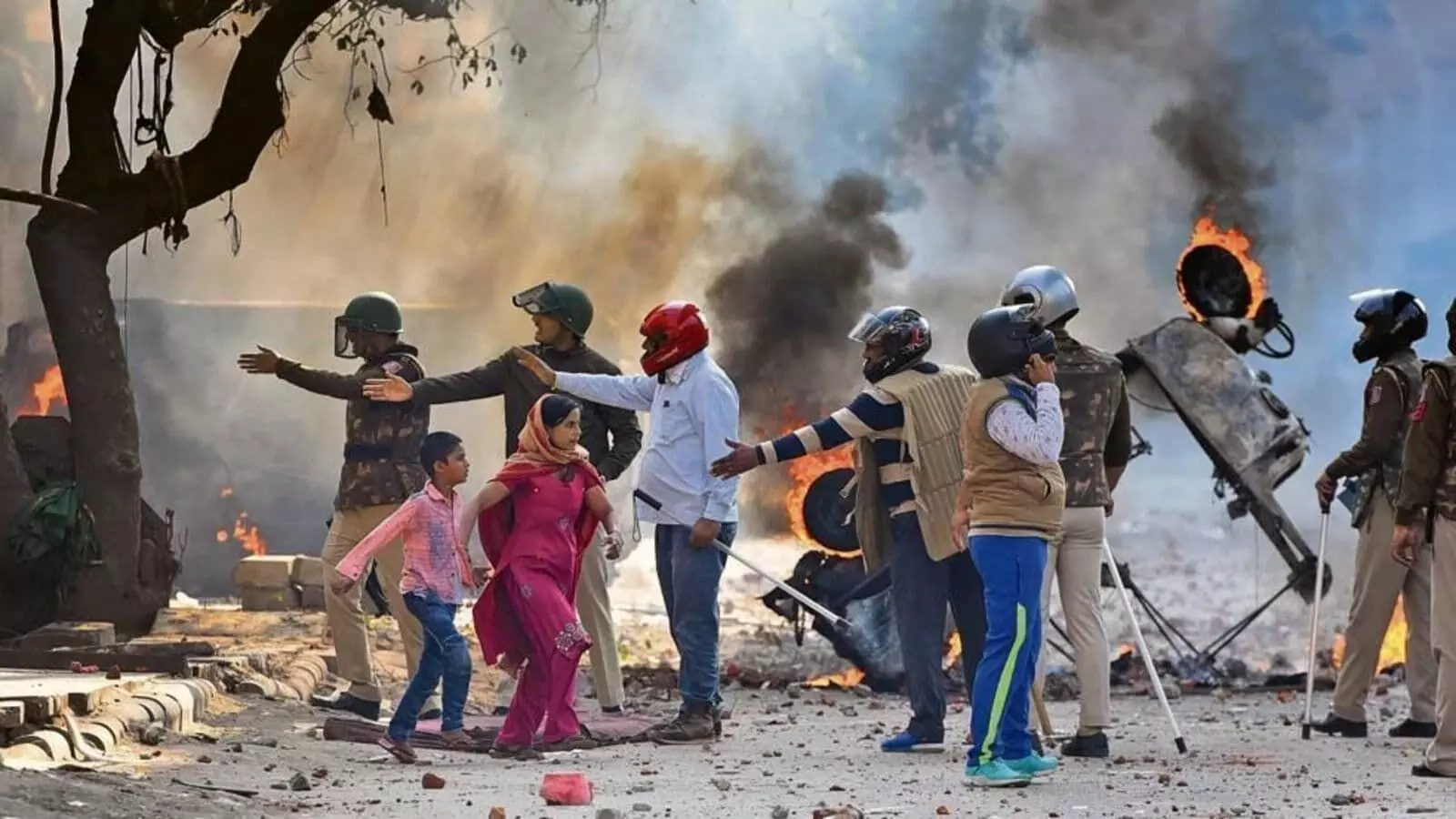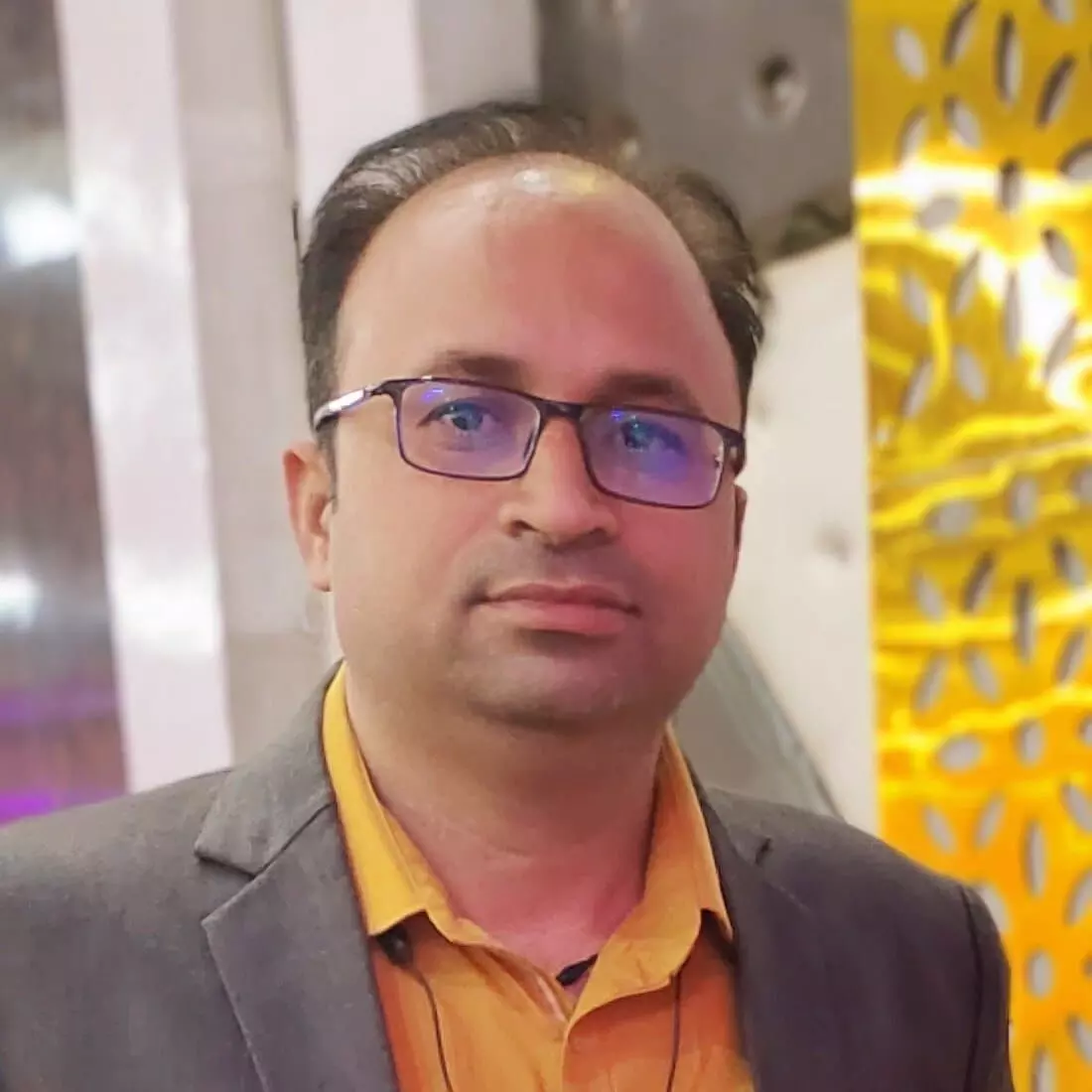Delhi 2020: A City Set on Fire—Accident or Design?

Some moments in history are like ink spilled on a white sheet—no matter how much you try to wipe them clean, the stains remain. The Delhi Riots of 2020 were one such moment. They didn’t just shake the capital; they left a scar that refuses to fade. What began as protests against the Citizenship (Amendment) Act (CAA), 2019, soon turned into a three-day bloodbath—53 dead, hundreds injured, streets and lives in ruin! The official story? A riot that spun out of control. But was it that simple? Or was it something more calculated—an event waiting to happen?
The story, however, didn’t begin in February. The first domino fell in December 2019, when the CAA became law. At its core, the Act sought to grant citizenship to persecuted religious minorities from Pakistan, Afghanistan, and Bangladesh. Almost immediately, whispers turned into a roar. Would Indian Muslims be stripped of their citizenship? Was this the first step towards detention camps? The streets were alive with fear, and where there is fear, there is fury. Shaheen Bagh, an ordinary stretch of road, became something extraordinary—a sit-in, a symbol, a stage. A protest? A movement? Or something else altogether?
The tension built over weeks. There was something different in the air—more than anger, it felt like expectation. Some hailed Shaheen Bagh as a people’s resistance; others saw it as a slow boil, waiting for the lid to blow off. Radical elements, left-wing ideologues, and external influencers played their parts in fanning the flames. And then, as if rehearsed, Delhi erupted.
What happened on February 23, 2020, wasn’t an accident. Investigations, charge sheets, and forensic data suggest that the riots weren’t just inevitable—they were engineered. Political operatives, student activists, and extremist groups had been laying the groundwork for weeks. Weapons were amassed, bricks and petrol bombs were stockedand targets were identified. A WhatsApp message circulating before the riots read: “Boil oil and water, collect acid bottles, extract petrol from bikes, and store bricks and stones.” This was no protest gone wrong. This was an operation executed to perfection.
And the timing? Too perfect. On February 24-25, 2020, as U.S. President Donald Trump made his first official visit to India, Delhi was engulfed in flames. The optics were devastating: a burning capital, mobs on the rampage, an international audience watching. Pakistan pounced immediately, calling the riots “evidence of India’s Islamophobic policies.” Western media followed, painting the violence as a state-backed assault on Muslims. The stories wrote themselves. But buried under the dramatic headlines was another truth—one that many refused to see.
Then came the courts. The Delhi High Court, in rejecting bail for multiple accused, noted that the riots were not a spontaneous outburst but a deliberate, well-orchestrated conspiracy. In April 2022, while refusing bail for Mohammad Ibrahim, the court stated that the violence was meant to paralyze the capital, not just protest government policy. CCTV footage showed rioters systematically destroying security cameras before launching their attacks—an act of careful planning, not mob rage. On March 24, 2022, the Karkardooma Court refused bail to Umar Khalid, citing his direct role in strategizing the riots. Investigations uncovered a meeting on December 8, 2019, attended by Yogendra Yadav, Umar Khalid, Sharjeel Imam, and others. That night, they created a WhatsApp group named “CAB Team”—a digital war room for coordination, disruption and escalation. Call it a coincidence, or call it what it was—premeditation.
But here’s the part that many choose to ignore—the selective nature of the violence. The dominant narrative claimed that Muslims suffered the most. What remained unsaid? Hindu homes and businesses were marked and systematically destroyed. Shops were torched, petrol bombs were thrown at Hindu residences, entire families fled in terror. The horror wasn’t just in the scale of destruction, but in its precision. IB officer Ankit Sharma was stabbed multiple times before his body was dumped in a drain outside AAP leader Tahir Hussain’s home. Head Constable Ratan Lal was shot dead in broad daylight. Dilbar Negi, a young Hindu worker, was hacked to death and then set on fire inside a shop. Even for a city that has seen riots before, this was on another level.
And institutions? They weren’t spared either. The DRP School, Hindu-owned, was burned down to its foundation. The Rajdhani School next door, owned by a Muslim, remained untouched. It didn’t take a genius to spot the pattern. This wasn’t random. This was selection.
And the police? Hopelessly outnumbered, under-equipped and perhaps even politically restrained. By the time backup arrived, the worst had already happened. Reports later suggested that reinforcements were deliberately delayed, leaving the city defenceless when it needed protection the most. In the aftermath, hundreds of arrests were made, leading to yet another controversy. Were anti-CAA protesters unfairly targeted? That debate raged on. But the charge sheets painted a clearer picture—this wasn’t a protest that spiralled out of control; this was a blueprint executed with terrifying precision.
The Delhi Riots weren’t just about Hindu-Muslim clashes—they were a case study in how misinformation, digital networks, and media narratives can be wielded as weapons. A rumour spreads,a protest ignites,a riot takes shape,a city burnsand suddenly, an entire nation is caught in a storm. And that brings us to the real question: Did India learn anything from 2020?
Some of the key accused remain behind bars under the UAPA (Unlawful Activities Prevention Act), but many still walk free, their networks intact. The forces that engineered this chaos—radical elements, external funders, political enablers—haven’t disappeared. The machinery that made this possible hasn’t been dismantled. The next uprising? It may already be in motion. It just needs a spark.
And when that moment comes, will India be ready? Or will it watch, yet again, as its streets burn?
Dr. Shashank (27-02-2025)
